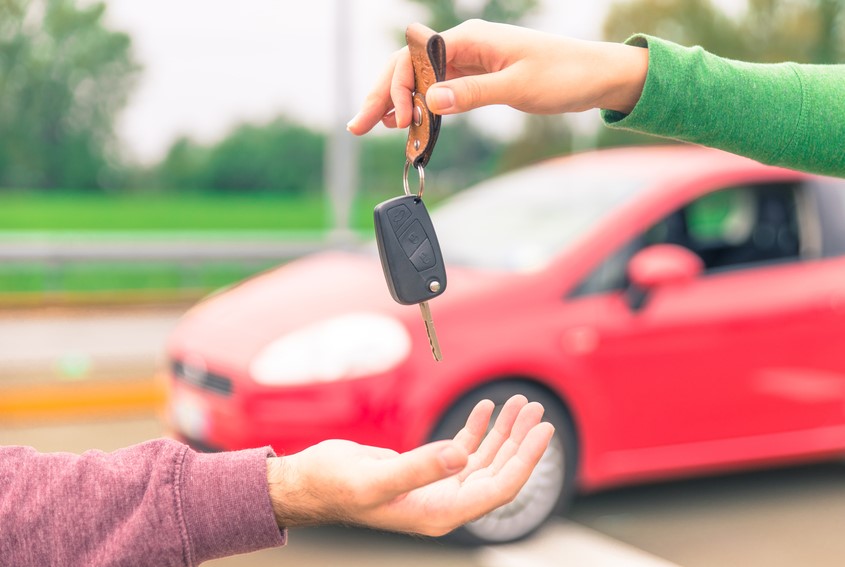The prices of new cars keep on rising every year, so buying a used car in this rising economy can be a smart investment. It can be a great alternative as long as you know how to shop for one.
Nonetheless, it can be a confusing and complex process. But conducting good research, checking out cars, test driving them and comparing the prices can help you get a good deal. Though a used car provides you with an opportunity to live more economically, it can have more issues from regular wear and tear. Therefore, it is important to avoid such costly mistakes when you are purchasing a used car. You need to remember prevention is better than cure in this case also.
Today, we will help you with the things to consider while buying second-hand cars in the context of Nepal.
1. Vehicle history
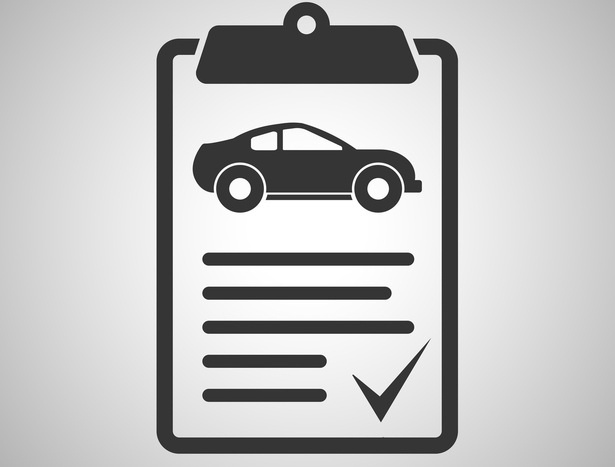
Before purchasing the vehicle, make sure that you know about its history. If possible try to get as much information from the owner about in what conditions the vehicle was being used. Ask if the servicing was done regularly or if the vehicle has been in an accident. Checking the exterior condition might help better in finding out about the vehicles. Check for the paint jobs and the scratches; they might tell you a different story from the seller.
2. Engine

The most important part of any vehicle is the engine. When the car is turned off, open the bonnet and carefully inspect the engine. You can check if there are any fluid leaks, corrosion, cracked hoses and belts. You can check the oil and transmission dipsticks for discolouration — the oil should be light brown, transmission fluid should be pink or red. The dark brown stains seen on the engine blocks are caused by a gasket leak.
Make sure to inspect whether the engine has been recently cleaned having no signs of dust on the engine cover. This might be a sign that the owner is trying to hide something. If this is the case, it is highly recommended to take the car to the repair centre for further inspection.
3. Underbody rust damage

Before buying a second-hand car, it is very important to take the car to the repairing centre that has elevators. This will help the buyer to see the underbody and exhaust system of the car properly. If there are black spots on the exhaust, it can be a sign of undetected leakage. The exhaust should also be checked manually using a finger to see if there is greasy grime inside it. This can indicate a major issue in the used cars. Also, if the white vapour forms when the engine is running, you should probably look for another deal.
4. Interiors
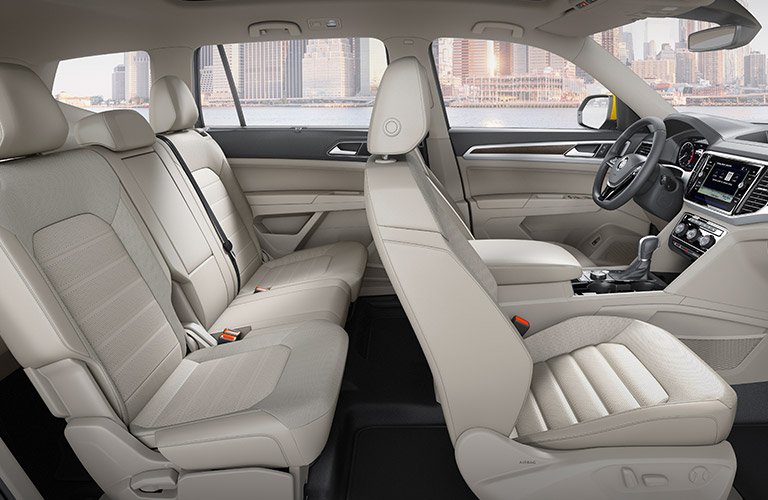
The interior of the car will tell you exactly how the car has been treated. Check for any sign of wear and tear on the car seat. If you find the seat full of dust, dirt, and stain, this indicates that the owner has not taken care of the car properly which can turn into a real problematic situation for you in the future. Check the air conditioner and heated seats if there are any. Make sure they are in proper working condition and will not give you trouble in the coming days.
Press some buttons and make sure the stereo and the other electronic components in the cockpit are working properly. Also, do not forget to check the material used in the car seats to figure out if there will be a need to quickly change them in the coming days.
5. Mileage
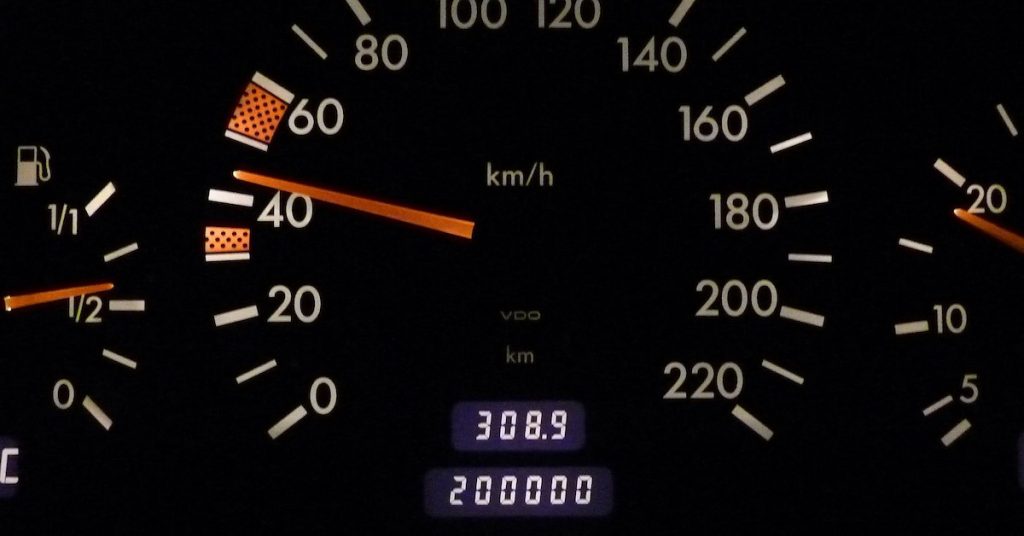
One of the most important things to consider while buying a second-hand car is its mileage. Mileage indicates a very valuable piece of information about the way the car was used in the past.
In particular, mileage can suggest two things: first, how much distance the vehicle has travelled from the date it was purchased, and second, how much fuel per litre is consumed by the vehicle. If the car has covered a lot of distance in a short period, it means that the car was used vigorously and intensively. Also, you have to be aware of the fuel consumption of the car. If the car consumes way more fuel than it should, it will be problematic for you.
6. Documents

Documentation of the vehicle is very necessary as it provides you with the information of the previous owner. Proper documentation will let you know if the vehicle is being sold for the first time or second or more. It will also let you know if the vehicle’s tax has been cleared. All the documents related to the vehicle should not be neglected at any cost by the buyer.
7. Test ride
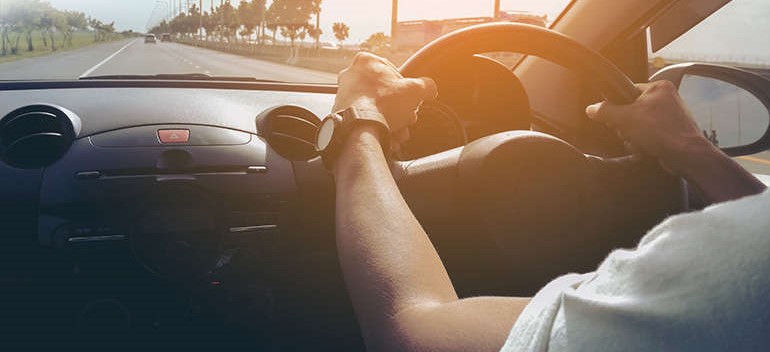
The test ride is probably the most important and mandatory thing a buyer should do. You may often miss things while inspecting the vehicles without a test ride.
The test ride gives you an opportunity to know more about the vehicle. You can feel how the vehicle actually is despite its interior and exterior looks. Make sure you check the clunking noise while turning and going over bumps. While taking a test ride, go through all major systems of the car including steering, engine cooling and wheels. Select a route and put the car through the paces to test its manoeuvrability, acceleration, braking and suspension. Make sure the car you are about to purchase is in its optimum performing condition.
8. Mechanic inspection

Needless to say, a professional mechanic inspection is highly recommended if you are purchasing a second-hand car. Even after the detailed inspection and test ride, mechanic inspection will make sure if there is something the buyer should worry about. Since the mechanics are professionals, they are more aware of the vehicles and can determine if the vehicle has any underlying issues or areas that might become an issue in the future.



